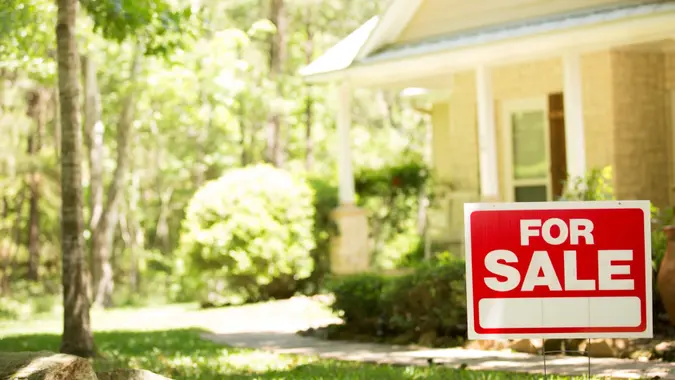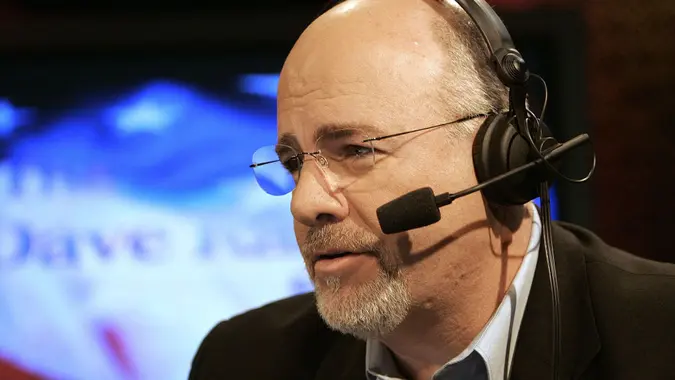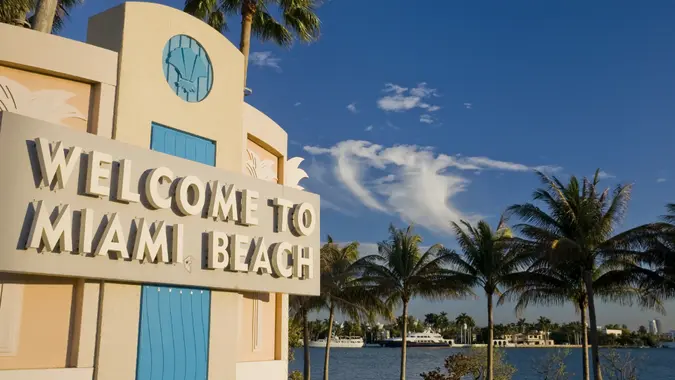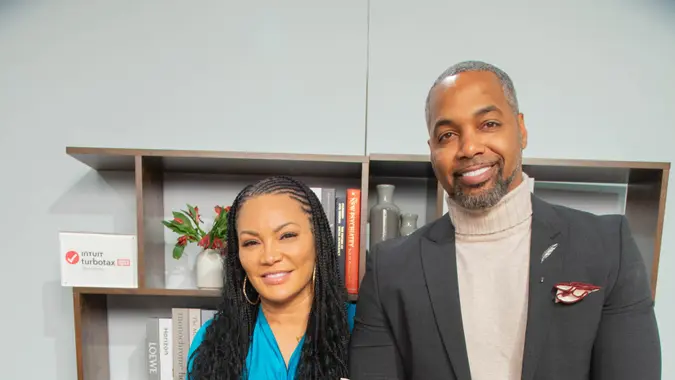Why US Bonds Are ‘Doomed,’ According to Robert Kiyosaki

Commitment to Our Readers
GOBankingRates' editorial team is committed to bringing you unbiased reviews and information. We use data-driven methodologies to evaluate financial products and services - our reviews and ratings are not influenced by advertisers. You can read more about our editorial guidelines and our products and services review methodology.

20 Years
Helping You Live Richer

Reviewed
by Experts

Trusted by
Millions of Readers
Historically, one safe and secure way to conservatively grow your money over time has been U.S. bonds, as they’re backed by the full faith and credit of the U.S. government. And some can be purchased in small amounts, like savings bonds, which can be bought for as little as $25. So they’re an easy and secure way to invest and lock in a guaranteed return.
According to TreasuryDirect, there are two basic types of U.S. savings bonds: EE bonds, with a current rate of 2.6%, and I bonds, with a current rate of 3.11% (for bonds issued between Nov. 1, 2024, and Apr. 30, 2025). Both types of bonds have a maximum purchase amount of $10,000 per year.
However, financial expert and “Rich Dad Poor Dad” author Robert Kiyosaki explained in a recent episode of his “Rich Dad Radio Show” that U.S. bonds are doomed. Read on for more details about what Kiyosaki predicts for bonds.
Also see whether you should consider bonds for your retirement savings.
Kiyosaki Says Other Countries Aren’t Buying US Bonds
The primary reason for Kiyosaki’s take on U.S. bonds is that other countries, like China, aren’t buying U.S. bonds anymore.
“A bond is only as good as the country that prints it,” Kiyosaki said. “With [Donald] Trump in power right now … he’s going to mess with the Chinese, and the Chinese are going to say we don’t want your bonds. Bonds are the most important paper assets there are. And they’re not buying them again.”
What Should You Invest In Instead?
As a result of this, Kiyosaki explained, the value of the U.S. dollar is in trouble, as the U.S. may print more money to offset the decrease in bond purchases. Because of this, Kiyosaki advised holding different assets.
“The nations of the world are rejecting the U.S. bond, and I’ve never trusted any financial planner who told me bonds are safe,” Kiyosaki explained. “U.S. bonds are trash as far as I’m concerned … China, Japan and these countries are no longer taking bonds. They’re taking gold and silver.”
His point may have some merit since the prices of both gold and silver are steadily on the rise. According to Trading Economics, the price of gold reached an all-time high in February. The current price per 1 troy ounce of gold as of Mar. 10, 2025, is around $2,922, per APMEX. This figure represents about a 10% increase from just three months ago and an astonishing 39% increase from just one year ago.
Meanwhile, the current price per ounce of silver as of Mar. 10, 2025, is around $32.74, per APMEX. This figure represents about a 7% increase from just three months ago and a significant 40% increase from just one year ago.
So it may be worth considering an investment in these commodities rather than government-backed bonds.
Given the current economic uncertainty that lies ahead, it’s important to take caution when choosing the right investments for your portfolio.
Editor’s note on political coverage: GOBankingRates is nonpartisan and strives to cover all aspects of the economy objectively and present balanced reports on politically focused finance stories. You can find more coverage of this topic on GOBankingRates.com.
More From GOBankingRates
 Written by
Written by  Edited by
Edited by 

























